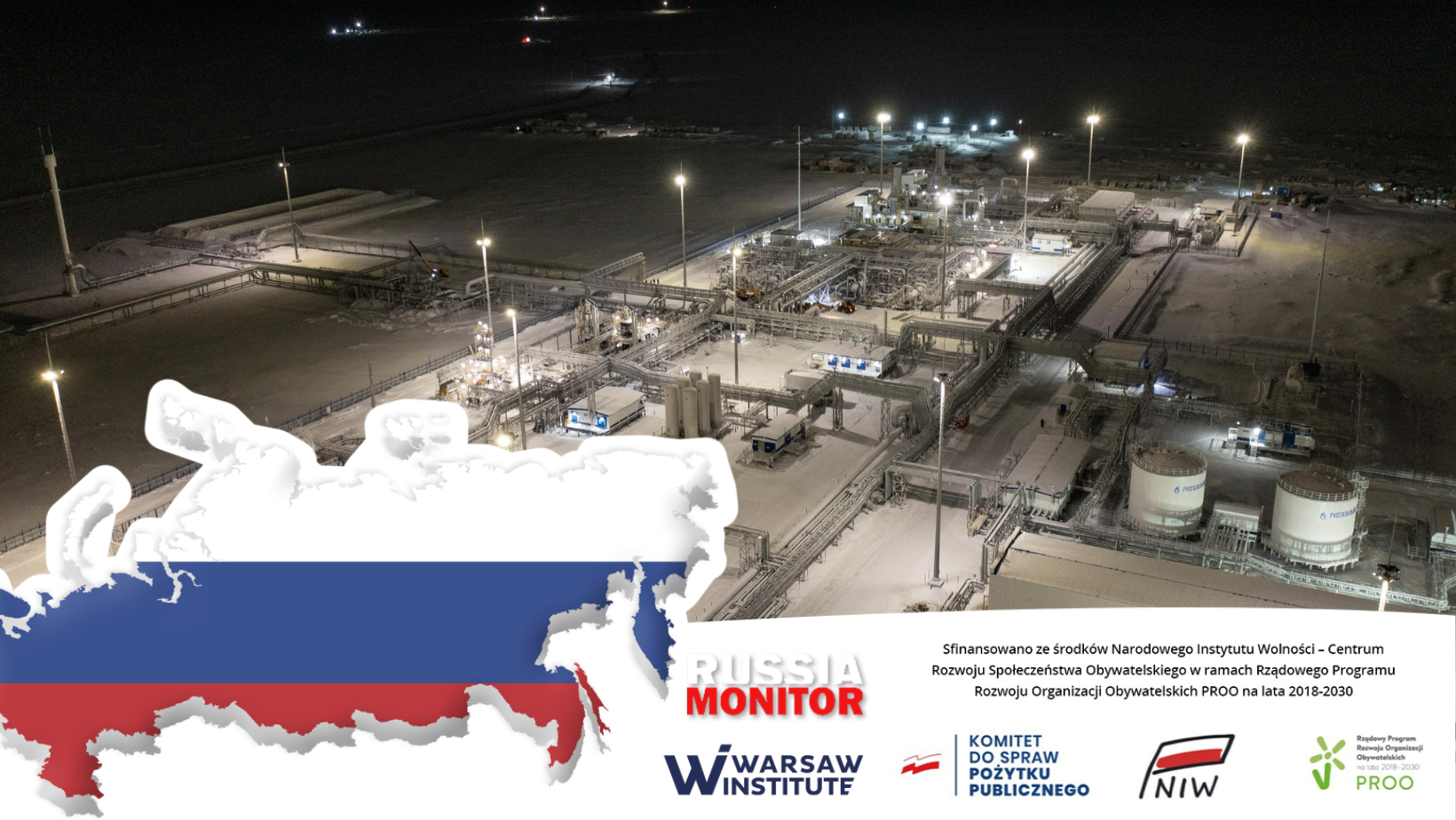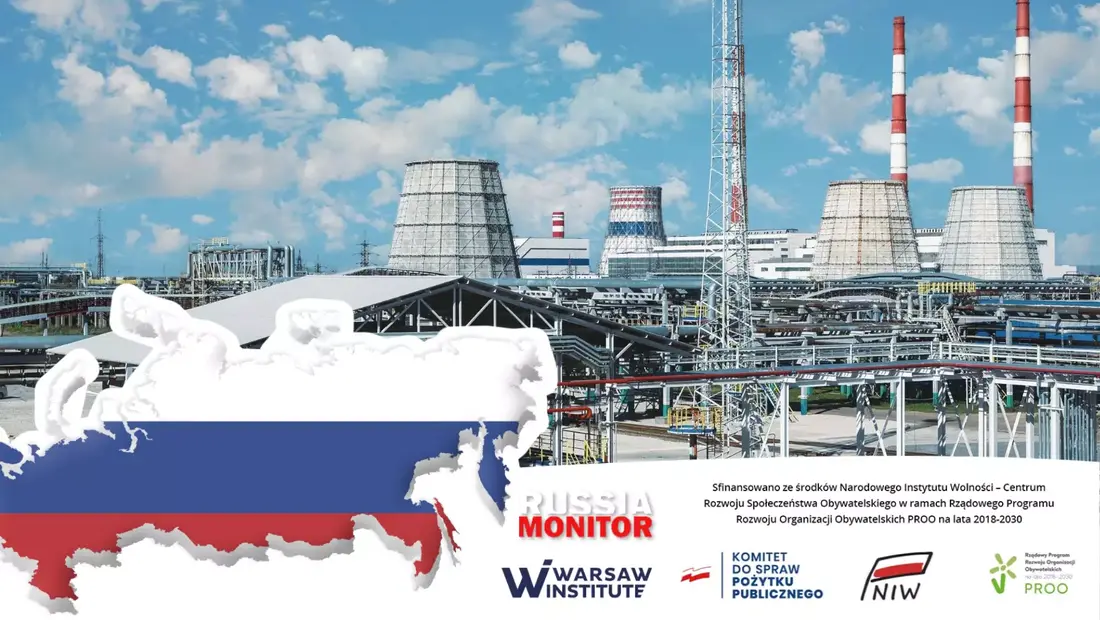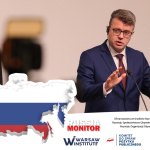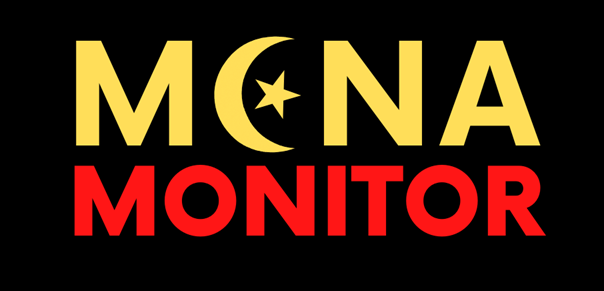
Russia Monitor is a review of the most important events related to Russian internal and external security, as well as its foreign policies.
Date: 16 February 2023 Author: Grzegorz Kuczyński
Austria, Netherlands Increase Hydrocarbons Imports From Russia
While the EU ban on Russian fuel is biting Moscow, Russia has been delivering some crude to EU countries. Among those that bought oil from Russia were Austria and the Netherlands.

Alexander Shulgin, the Russian ambassador to the Hague and the permanent representative to the OPCW, told Russian news agency RIA Novosti that the Netherlands continued to buy Russian liquefied natural gas, adding the country increased Russian oil imports later in 2022 before the EU-wide embargo came into effect. The transport ban for Russian seaborne oil to third countries came into force on December 5, 2022, for crude oil and February 5, 2023, for fuel. The price cap, together with the EU ban on Russian oil product imports, are part of a broader agreement among the G7 countries. In addition, the EU banned all seaborne crude products from Russia. The European Union imposed its toughest sanctions yet on Russia last summer. Meanwhile, Austria increased gas imports from Russia. The European Network of Transmission System Operators for Gas and the Austrian energy regulator announced that the share of Russian gas in the country’s total imports increased to 71 percent in December 2022, according to Der Standard. According to Der Standard, between May and October 2022, gas supplies from the Russian Federation to the country gradually fell from 70 percent to less than 20 percent of total imports. However, the growth began again in November when the nation’s share of the Russian product was 40 percent and exceeded 70 percent in December 2022. The reason for the increase in those months was the decrease in imports from Germany and Italy, with relatively stable gas flows from Russia, according to the source. Russian gas exports slumped by 25.1 percent to 184.4bn m3 in 2022, Deputy Prime Minister Alexander Novak said. LNG exports soared to 45.7 billion m3, up 7.9 percent, he added. Russia is seeking to make up for a drop in gas exports to European by redirecting flows into the domestic market, Novak added. Russia is planning to increase the level of gasification from 73 percent in early 2023 to 74.7 percent in 2024, and 82.9 percent in 2030.
Support Us
If content prepared by Warsaw Institute team is useful for you, please support our actions. Donations from private persons are necessary for the continuation of our mission.
All texts published by the Warsaw Institute Foundation may be disseminated on the condition that their origin is credited. Images may not be used without permission.
















